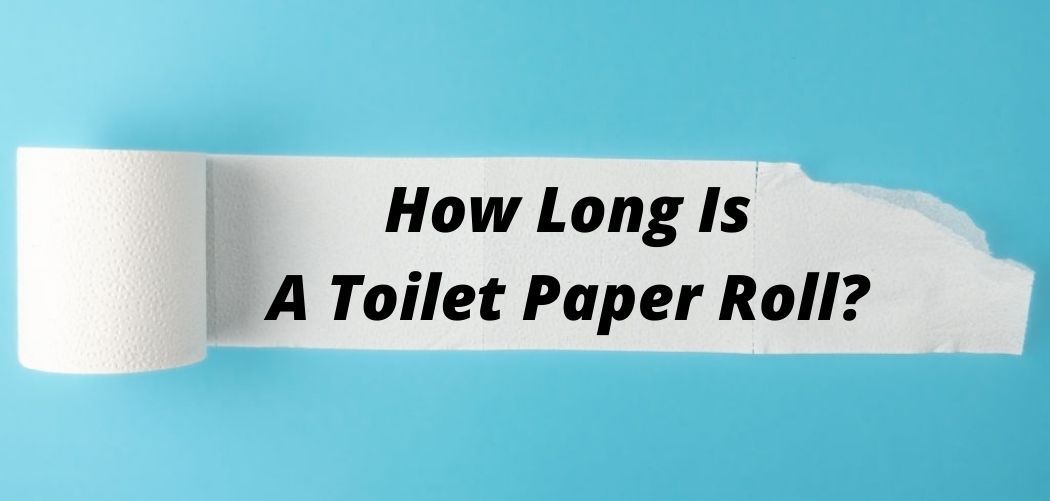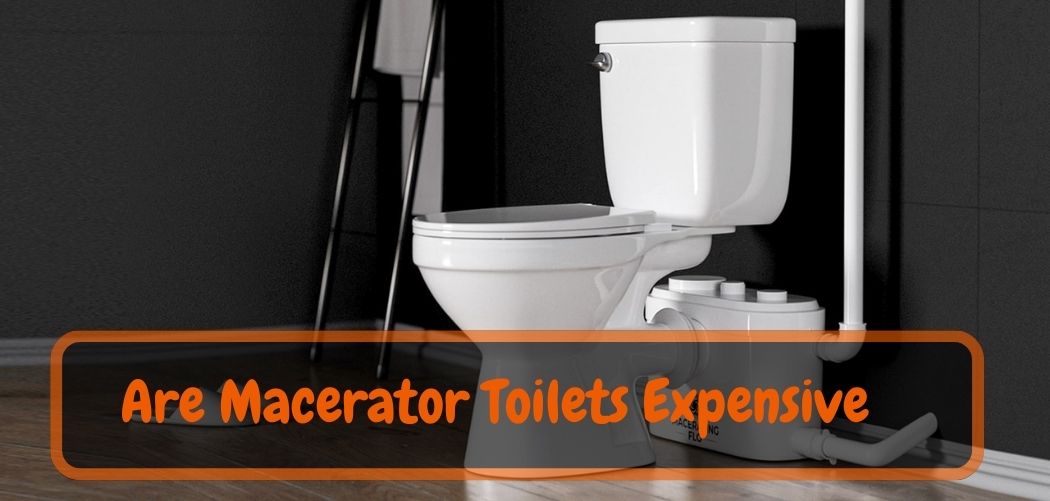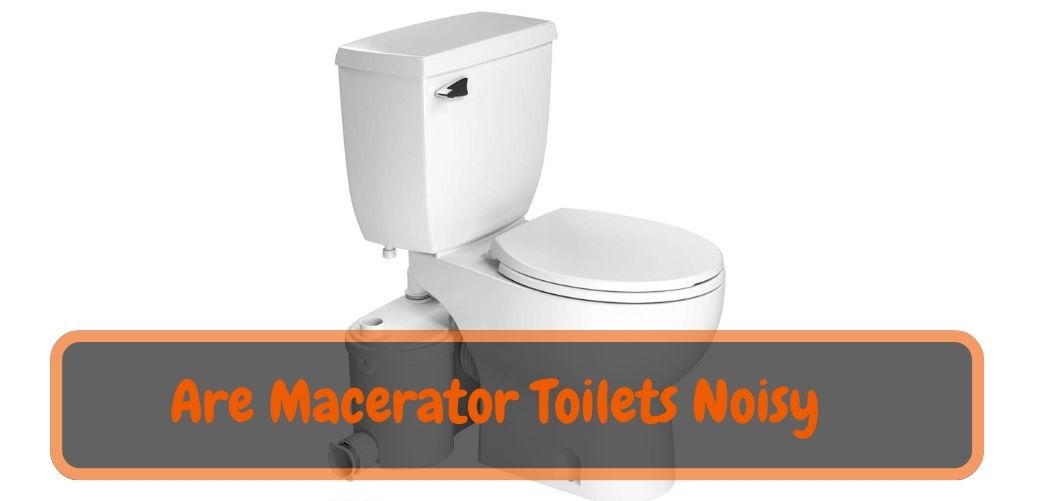Toilet paper is an essential household item that we often take for granted. However, you might be surprised to learn that there are numerous types of toilet paper available on the market today.
From different ply counts and textures to various materials and added features, manufacturers have developed a wide range of options to cater to diverse consumer preferences.
In this article, we will explore the world of toilet paper and delve into the various types available. Whether you’re seeking softness, strength, sustainability, or unique functionalities,
Understanding the different types of toilet paper will empower you to make an informed choice that suits your personal needs.
So, let’s unravel the world of toilet paper and discover the many types that exist to keep us clean, comfortable, and satisfied.
The Smart For: How Many Types of Toilet Paper
Toilet paper is a staple in every household, providing comfort and cleanliness in our daily routines. However, you may be surprised to learn that there is a wide array of toilet paper options available on the market today. From variations in ply count and textures to differences in materials and added features
Manufacturers have developed numerous types of toilet paper to cater to diverse consumer preferences. In this informative guide, we will explore the different types of toilet paper, helping you understand their characteristics and choose the one that best suits your needs and preferences.
1. Ply count:
a. Single-ply: Single-ply toilet paper consists of a single layer of paper. It is typically thinner and more affordable but may be less soft and less absorbent compared to higher-ply options.
b. Two-ply: Two-ply toilet paper consists of two layers of paper bonded together. It offers increased thickness, softness, and absorbency compared to single-ply options.
c. Three-ply or multi-ply: Three-ply or multi-ply toilet paper comprises three or more layers of paper, providing even greater thickness, softness, and absorbency. These options often provide a more luxurious and comfortable experience.
2. Textures:
a. Standard/Smooth: Standard or smooth toilet paper features a plain, smooth texture, which is the most commonly found option. It provides a balanced combination of softness and strength.
b. Quilted: Quilted toilet paper has a textured pattern, often resembling a quilted fabric. The embossed design enhances softness, absorbency, and strength, providing a more luxurious feel.
c. Patterned: Some toilet papers feature printed patterns or designs on the sheets for aesthetic purposes, adding a touch of style to your bathroom.
3. Materials:
a. Virgin pulp: Toilet paper made from virgin pulp is produced using new, non-recycled fibers. It is known for its softness and strength, but it may have a higher environmental impact due to the use of new materials.
b. Recycled: Recycled toilet paper is made from post-consumer recycled paper, reducing the demand for virgin pulp and promoting sustainable practices. It is an eco-friendly option and can be just as soft and strong as virgin pulp toilet paper.
c. Bamboo: Bamboo-based toilet paper is gaining popularity due to its sustainability. Bamboo is a fast-growing and renewable resource, making it an environmentally friendly alternative to traditional toilet paper. It is naturally hypoallergenic and offers a soft and strong texture.
4. Added Features:
a. Moist flushable wipes: These are moistened wipes that can be used in conjunction with or as a substitute for traditional toilet paper. They offer extra cleanliness and freshness, especially for those seeking a thorough clean feeling.
b. Scented: Some toilet papers come with added fragrances to provide a pleasant aroma in the bathroom. However, it’s important to consider potential allergies or sensitivities to scented products.
5. Specialized toilet paper:
a. Hypoallergenic: Hypoallergenic toilet paper is designe for individuals with sensitive skin or allergies. It is typically free from dyes, fragrances, and harsh chemicals that can cause irritation.
b. Septic-safe: Septic-safe toilet paper is specifically formulate to break down quickly and easily in septic systems, minimizing the risk of clogs or damage to the plumbing.
What are the Different Levels of Toilet Paper?
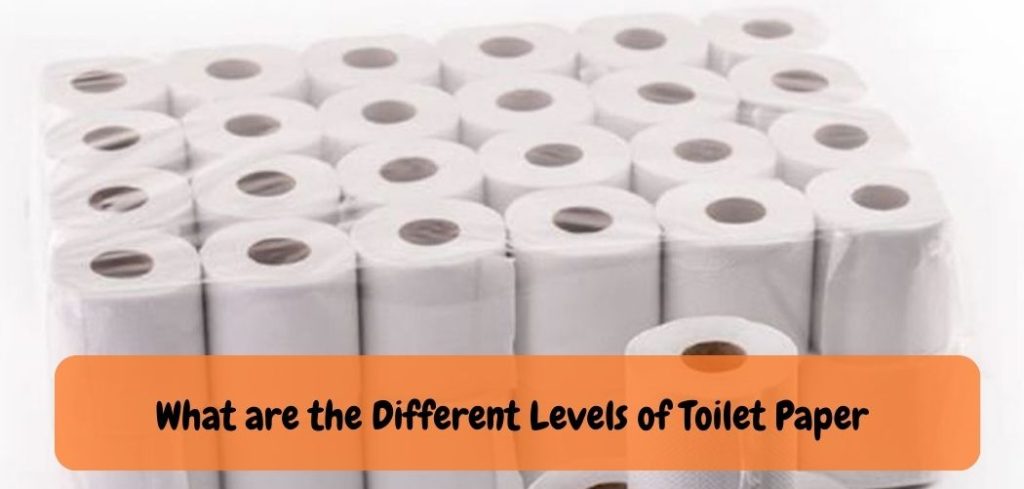
When it comes to toilet paper, there are a few different levels of quality. The lowest level is the single ply variety which is thin and often not very absorbent. The next step up is usually two-ply, which provides better absorption but can still be thin and crumple easily when wet.
Moving up in the quality scale we find three-ply varieties that offer superior strength and absorbency while being thicker than the other varieties. Finally, at the highest level of toilet paper you will find four-ply or even higher options that are designe for maximum softness
Comfort and absorption with enhanced durability as well. When choosing your ideal roll of toilet paper it’s important to consider these different levels so you can pick one that meets your needs perfectly!
How Many Types of Tissue Paper are There?
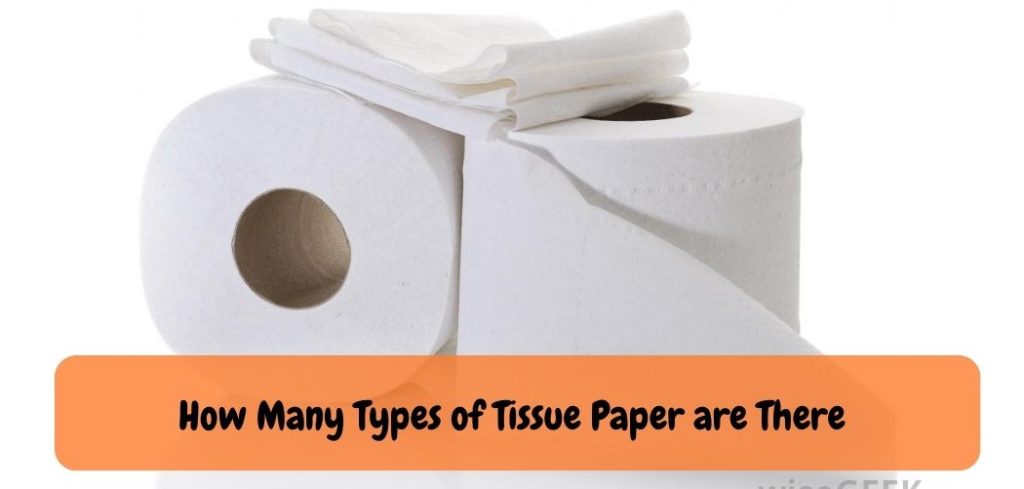
There are several different types of tissue paper available on the market today. The most common type is bleache white toilet tissue, which is use in homes around the world for personal hygiene and cleaning purposes. There are also various kinds of facial tissue and paper towels, as well as specialty papers such as waxed or colore tissues that can use for arts and crafts projects.
These products may come in sheets, rolls, or even pre-cut packages for convenience. Some businesses even use special industrial versions that are design to withstand high temperatures or moisture without tearing apart easily. In addition to these practical applications
There are decorative options such as embosse tissue paper with intricate patterns or colors that can use to decorate gifts and other items. As you can see, there is a wide variety of types of tissue paper available, each offering its own set of advantages depending on your needs!
What were Old Types of Toilet Paper?
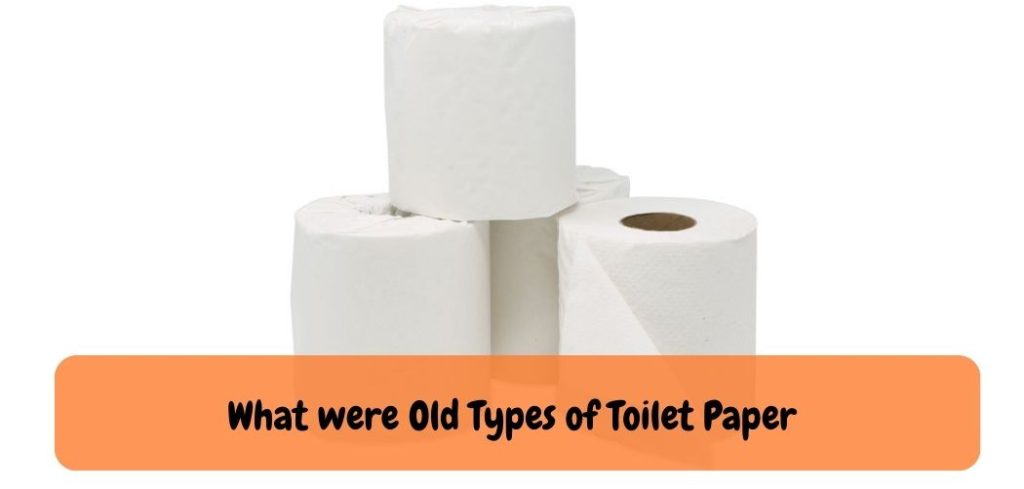
Before the invention of toilet paper, people had to use a variety of different materials for their bathroom needs. The Ancient Rome, sponges were attache to sticks and place in buckets of salt water. In Medieval Europe, leaves and grasses were use along with wool or even lace for those who could afford it.
In the late 1800s in America, corn cobs were popularly use as well as pages from Sears Roebuck catalogues! Some other creative solutions included hay, stones (yes you read that right!), moss and newspaper cuttings.
It wasn’t until 1857 when Joseph C Gayetty released his “Therapeutic Paper” made from manila hemp which was first sold commercially as toilet paper. Later on it was replace softer tissue papers out of wood pulp which we now see today in supermarkets all over the worl!
3 Types of Toilet Paper Compared: Bamboo TP vs Recycled vs Conventional (2022)
Conclusion
The world of toilet paper is more diverse than meets the eye, with a multitude of options available to meet your specific needs and preferences. By exploring the various types of toilet paper, you can discover the perfect balance of softness, strength, sustainability, and unique features that enhance your bathroom experience.
Whether you prefer luxurious quilted layers, eco-friendly recycled options, or innovative designs like moist flushable wipes, there is a type of toilet paper that suits your requirements. Understanding the different options empowers you as a consumer to make choices that align with your values,
Budget, and personal comfort. So, next time you’re shopping for toilet paper, remember to consider the numerous types available and choose the one that brings the ultimate level of cleanliness and satisfaction to your daily routine.



